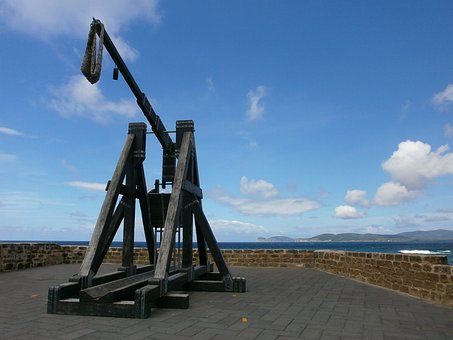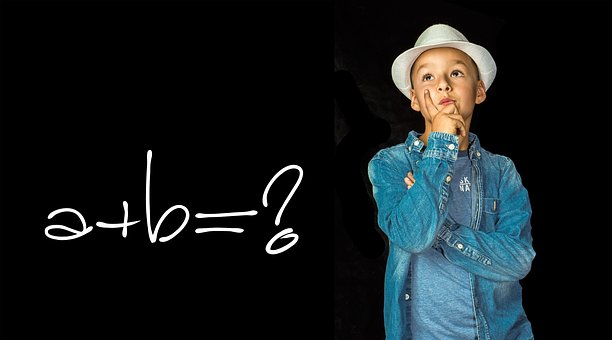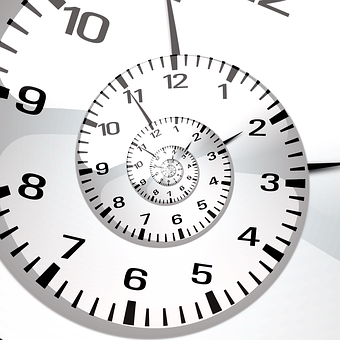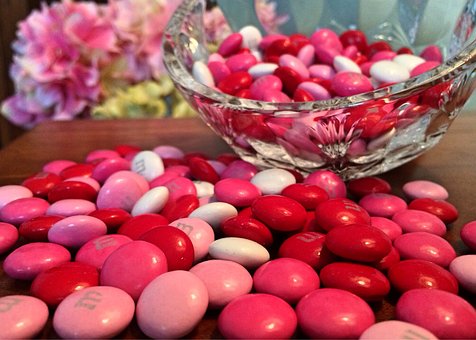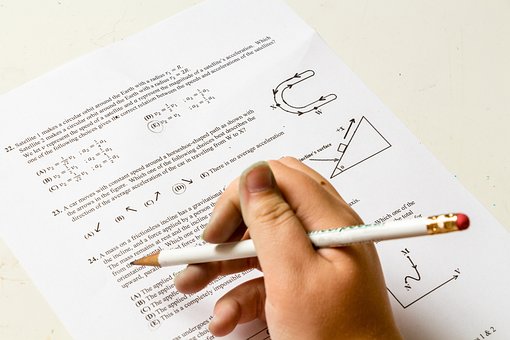 Happy Halloween to everyone. Most of the time when I've gone looking for Halloween based math, the ones I find are all geared for elementary school.
Happy Halloween to everyone. Most of the time when I've gone looking for Halloween based math, the ones I find are all geared for elementary school.I want problems geared for a higher level and which are more interesting than "Jane has 8 pumpkins. She gives 3 to John. How many pumpkins does she have left?" My high schoolers are not interested in those.
So after some searching I found some lovely problems geared more for middle school and high school students. Problems that are a bit more interesting.
1. The worlds largest pumpkin weighs 2222 pounds in 2017. The average pumpkin weighs 12 pounds, how many pumpkins does the largest pumpkin equal.
2. The record for the distance a pumpkin has been thrown in the chuckin contest is 4484 feet. What percentage of a mile is that?
3. The first Halloween parade happened in 1920. How many months till it celebrates its centenial?
4. Buy a couple packages of pumpkins from the seasonal section to create a matching game. You might create matching games where one student multiplies two binomials while the other factors a trinomial. The students do the math then look for who they match. Another possibility is to create equations in pairs so they get the same answer. Another possibility, one card has the equation while the other has the graph to match the equation.
5. The Census bureau has some wonderful data concerning Halloween such as the number of potential Trick or Treaters ages 5 to 14, the number of potential stops based on the number of housing units, number of units with stairs, number of people employed to make the candy, and other wonderful facts.
6. How about an estimation activity to estimate the number of seeds in a pumpkin, estimate the circumference, estimate its weight. After the estimations, have students count the actual number of seeds to determine the closest guess, then make spiced pumpkin seeds to eat in the class. After finding the circumference, calculate the diameter. Finally after giving the weight to the students, have them bake the pumpkin and use the pulp to make pumpkin bread to eat. You can weigh the pumpkin when you buy it so you'll already know that.
7. Have students create a haunted house on a coordinate. They can then give the location of items within the haunted house. They can also find the distance between each part.
8. Students can create graphs containing the name of the candy, the number of calories per serving and its weight in grams. Once done, students need to calculate the number of calories per gram so they can determine the candy with the highest or lowest per unit values.
9. Begin a Pascal's triangle with pumpkins. There should be enough pumpkins on the paper to help students recognize the pattern so they can finish it. It can lead to a great discussion on Pascal's triangles.
Just a few suggestions to make math and Halloween a bit more interesting. Have a great day and let me know what you think. I love to hear.
